Engineers from broadcast infrastructure company Arqiva began switchover at 01:31am on 6 November, turning off the analogue BBC2 signal at a transmission station in Selkirk.
By 5am they had replaced it with all the BBC's digital channels.
The region will have BBC1, ITV, C4 and Five available on analogue for another two weeks before they disappear and are replaced by further digital counterparts and other digital public-service channels and text services.
By 20 November there will be no analogue terrestrial television channels available from the Selkirk transmitter.
Arqiva said it was well prepared for the Border region switch-over, the first full-scale segment of the biggest project in UK broadcast history.
“Of course, things could go wrong,” said Peter Heslop, digital switchover director at Arqiva. “But, as far as possible, all the equipment has been in place for some time, we've tested all the hardware, all the systems and all the new platforms.”
Tasks performed to complete the switchover include connecting the new antenna systems on the top of the Selkirk mast - currently broadcasting analogue services - to the new high-power transmitters at its base. After that, the transmitters are powered up before broadcasting of the new services can begin.
Re-engineering work has already been completed on the 11 relay stations in the region. Most will have switched over automatically.
Today's switch follows a pilot in Whitehaven in 2007 and will affect 52,000 households.
The same process will be applied to each of the other regions.
The next transmitter to switch will be in Caldbeck, Cumbria in April 2009.
By the completion of DSO some 5000 analogue transmitters on1154 sites will have been removed and disposed of and the existing DTT system will have been replaced by 4000 transmitters. The cost of DSO has been estimated at£500m.



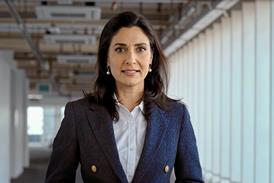
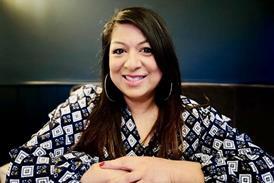


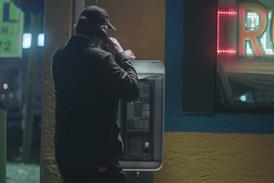



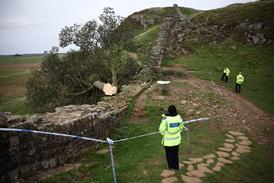








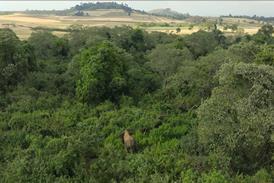
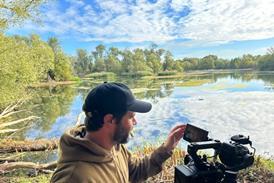




No comments yet